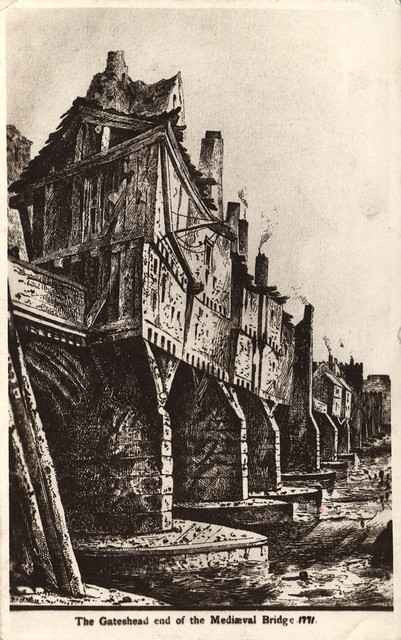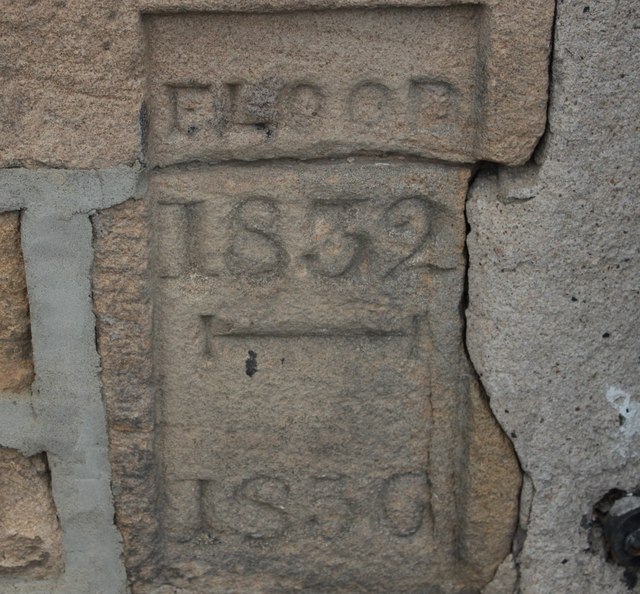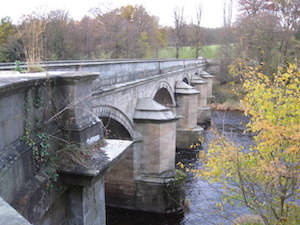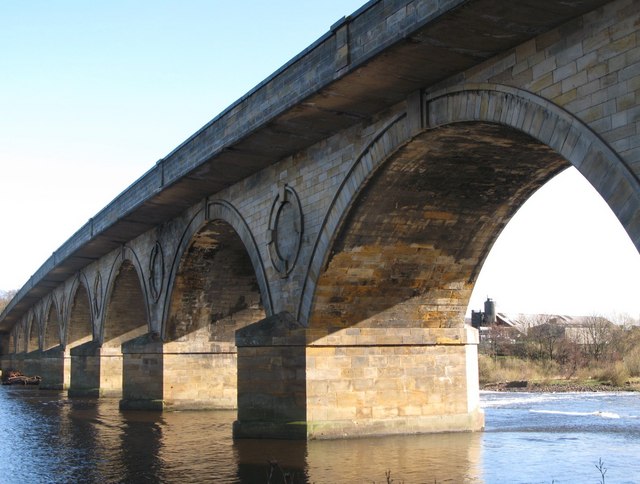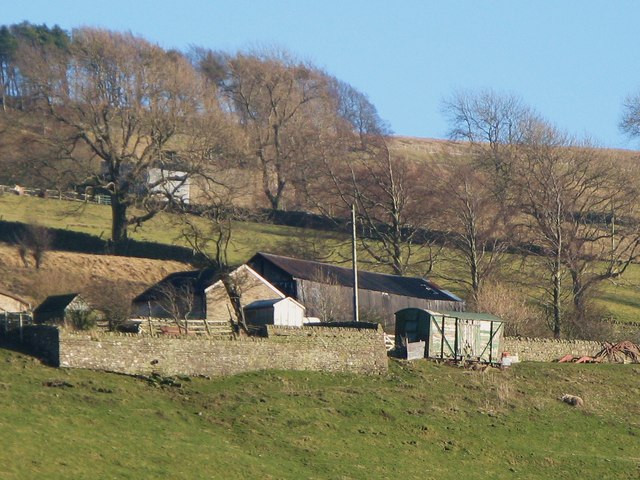Topics > Historical Periods > 18th Century > 1770s > 1771 > Great Flood of 1771
Great Flood of 1771
Great Flood on the Rivers Tyne, Tees, Wear, Eden and other rivers in the region, on the 16th and 17th November 1771.
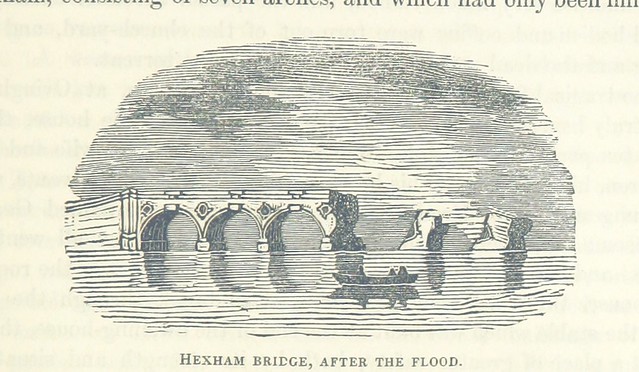 On the 17th of November 1771, after torrential rainfall all the bridges in the Tyne Valley were destroyed or badly damaged except for the bridge at Corbridge. This included the washing away of sections of the Tyne Bridge at Newcastle and 3 arches of the arches of Elvet Bridge in Durham. The Tees valley was also badly affected with the loss of mills and houses; it was reported that the Tees was half a mile wide at Low Coniscliffe during the flood.
On the 17th of November 1771, after torrential rainfall all the bridges in the Tyne Valley were destroyed or badly damaged except for the bridge at Corbridge. This included the washing away of sections of the Tyne Bridge at Newcastle and 3 arches of the arches of Elvet Bridge in Durham. The Tees valley was also badly affected with the loss of mills and houses; it was reported that the Tees was half a mile wide at Low Coniscliffe during the flood.
Newcastle
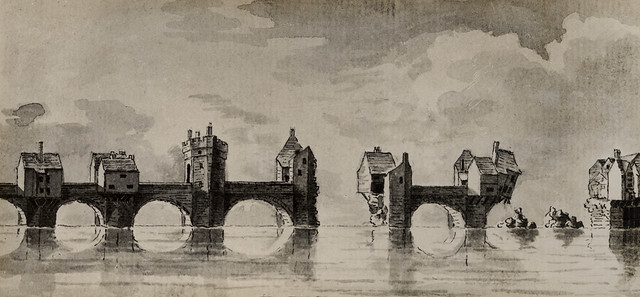
Sunday morning, the 17th of November, about two o'clock, with the wind at East, the inhabitants of Newcastle upon Tyne were alarmed with the most dreadful inundation that ever befel that part of the country; the water in the Tyne rising six feet higher than a remarkable fresh in the year 1763; occasioned, as may be presumed, by an incessant fall of rain from Saturday morning to Sunday, which was particularly violent in the western parts of that county, and the county of Durham. The first dawn of day discovered a scene of horror and devastation, too dreadful for words to express, or humanity to behold, without shuddering: all the cellars, warehouses, shops, and lower apartments of the dwelling houses, from the West end of the Close to near Ouseburn, were totally under water. The flood was so rapid and sudden, that it was with the greatest difficulty the inhabitants, who slept in the lower parts of their houses escaped with their lives. But what completed the public calamity was the fall of Tyne Bridge, which, having stood the brunt of time for upwards of five hundred years, yielded to the force and impetuosity of this flood. The middle arch of Tyne Bridge, and two other arches near to the South side of the water, were carried away and seven houses with shops standing thereon, together with some of the inhabitants, with their whole stocks, overwhelmed, in immediate destruction.
(from Garret, 1818)
Most of the village of Styford, on the north banks of the Tyne, was lost in the Great Flood of 1771, after which some of the inhabitants relocated to Broomhaugh over the river on its south banks.

Co-Curate Page
Tyne Bridge Damaged by Floods, 1771
- "On Sunday Morning the 17th of November 1771 an unprecedented inundation of the Tyne occurred by which the bridge at Newcastle with the shops and houses thereon were carried away …
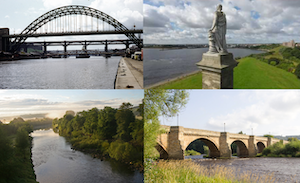
Co-Curate Page
River Tyne
- Overview About the Tyne The Tyne is a major river in North East England, formed by the confluence of the River North Tyne and the River South Tyne, which converge …
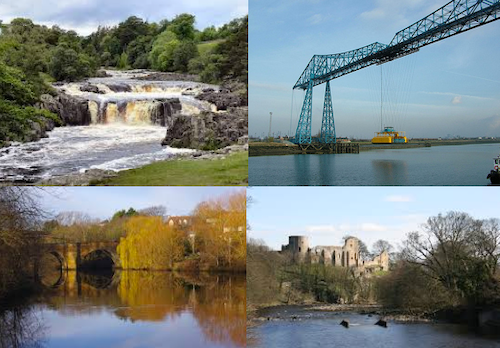
Co-Curate Page
River Tees
- Overview Bridges Further Information The Tees is one of the major rivers in the North of England. It rises on Cross Fell in the North Pennines, and flows 137 km …
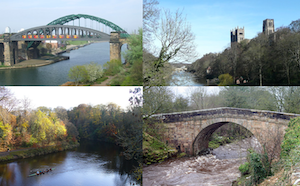
Co-Curate Page
River Wear
- Overview Geology Course Tributaries Industrial History The Wear is a major river in County Durham. It rises in the East Penines at Wearhead at the confluence of Burnhope Burn and …
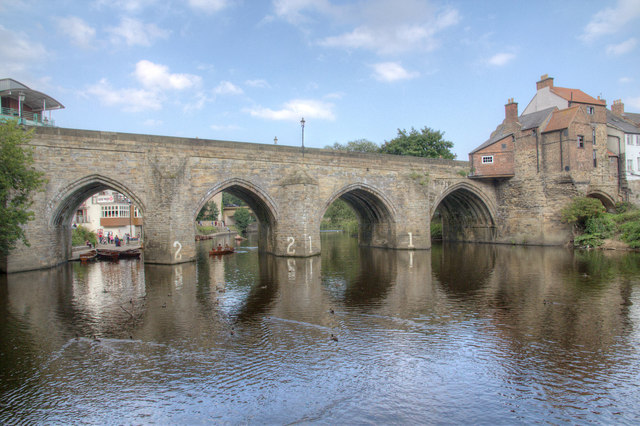
Co-Curate Page
Elvet Bridge
- Overview Further Information Map Street View Elvet Bridge is a stone bridge which crosses the River Wear connecting the peninsula in central Durham and the Elvet area of the city. …
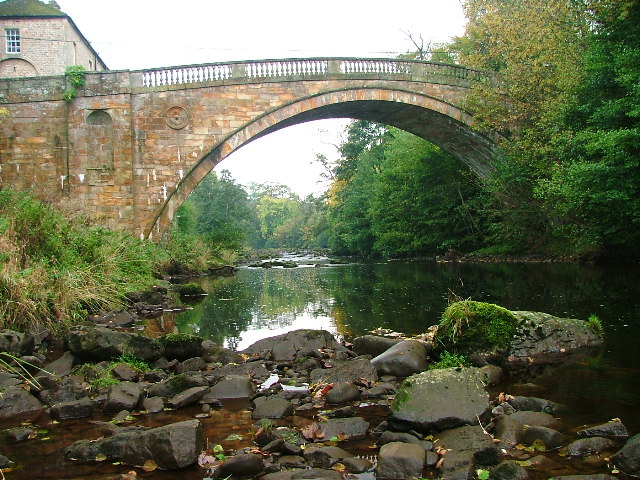
Co-Curate Page
Greta Bridge (bridge)
- Overview Map Street View The stone bridge over the River Greta at Great Bridge village in County Durham, was built in 1773 by John Carr for John Sawry Morritt. It replaced …
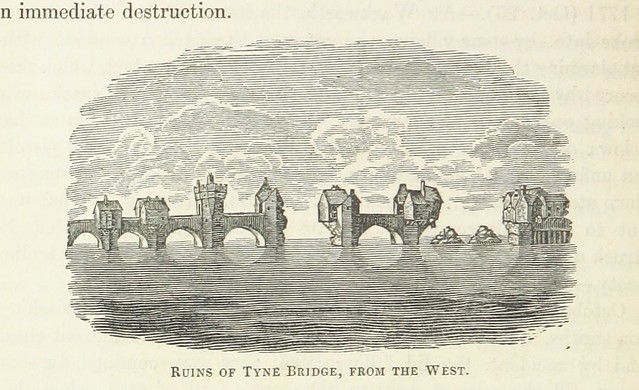
from Flickr (flickr)
Image taken from page 656 of 'The Local Historian's Table Book of remarkable occurrences, historical facts, traditions, legendary and descriptive ballads, connected with the Counties of Newcastle-upon-Tyne, Northumberland, and Durham. Historical Division.
Pinned by Simon Cotterill


Co-Curate Page
Tyne Bridge Damaged by Floods, 1771
- "On Sunday Morning the 17th of November 1771 an unprecedented inundation of the Tyne occurred by which the bridge at Newcastle with the shops and houses thereon were carried away …

Co-Curate Page
River Tyne
- Overview About the Tyne The Tyne is a major river in North East England, formed by the confluence of the River North Tyne and the River South Tyne, which converge …

Co-Curate Page
River Tees
- Overview Bridges Further Information The Tees is one of the major rivers in the North of England. It rises on Cross Fell in the North Pennines, and flows 137 km …

Co-Curate Page
River Wear
- Overview Geology Course Tributaries Industrial History The Wear is a major river in County Durham. It rises in the East Penines at Wearhead at the confluence of Burnhope Burn and …

Co-Curate Page
Elvet Bridge
- Overview Further Information Map Street View Elvet Bridge is a stone bridge which crosses the River Wear connecting the peninsula in central Durham and the Elvet area of the city. …

Co-Curate Page
Greta Bridge (bridge)
- Overview Map Street View The stone bridge over the River Greta at Great Bridge village in County Durham, was built in 1773 by John Carr for John Sawry Morritt. It replaced …

from Flickr (flickr)
Image taken from page 656 of 'The Local Historian's Table Book of remarkable occurrences, historical facts, traditions, legendary and descriptive ballads, connected with the Counties of Newcastle-upon-Tyne, Northumberland, and Durham. Historical Division.
Pinned by Simon Cotterill


